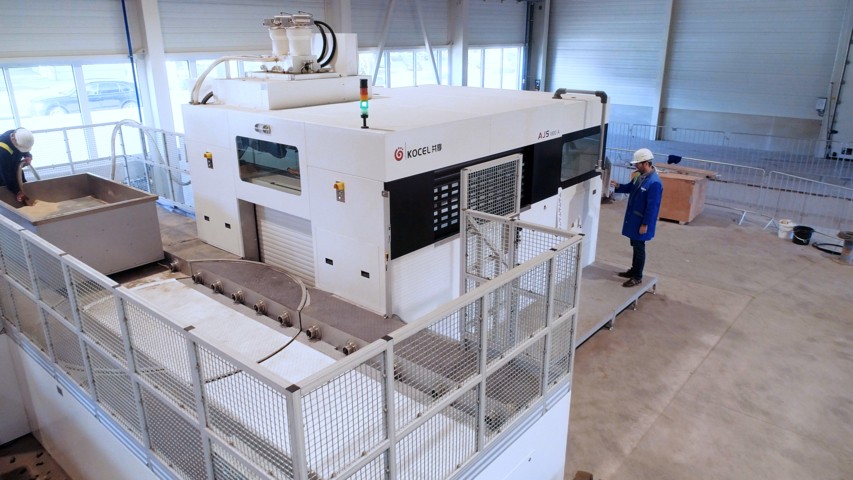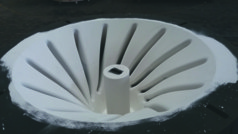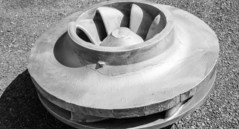voestalpine Foundry Group starts operating Europe’s most advanced 3D sand printer for steel casting
voestalpine starts operating Europe’s most advanced 3D sand printer for steel casting
voestalpine has been engaged in pioneering 3D printing with metals for many years. These metals are already being used at its own 3D printing and research centers around the world. Now the steel and technology Group has started operating Europe’s most advanced 3D sand printer for heavy steel castings at its site in Traisen, Lower Austria. The new additive manufacturing technology for the production of sophisticated castings using silica sand reduces production times and is more environmentally friendly than the previous process.

Additive manufacturing has long since become an established production method, particularly in the aerospace, automotive, and toolmaking industries, as well as in the field of medical technologies. “Over the past years, voestalpine has consistently expanded its activities in the field of 3D printing with metals. The new 3D sand printer in Traisen represents a key technological advance for steel casting, and will hugely increase our competitiveness in this area,” explains Herbert Eibensteiner, Chairman of the Management Board of voestalpine AG.
Pioneer in Europe
voestalpine Giesserei in Traisen, a subsidiary in the Steel Division of the voestalpine Group, has installed a first printer at its new 3D sand printing competence center; a second printer will follow in spring 2022. “We are European pioneers in the use of 3D sand printing technology in steel casting, allowing us to offer our customers even more customized solutions of greater design complexity. This not only opens up new business areas for the future, but also creates new opportunities for our employees to work in an innovative environment at our established site in Traisen,” says Hubert Zajicek, Member of the Management Board of voestalpine AG, and Head of the Steel Division, based in Linz.
More efficient and sustainable manufacture of complex components
During the process, a 3D printer uses CAD data to directly produce sand molds into which liquid steel is poured. The sand molds are created by the repeated application of 300-micrometer-thick layers of chemically bonded silica sand. Large sand molds can also be printed in several separate sections and then combined. As a result, complicated wooden models are no longer required, so that molds can be manufactured more quickly and with more near net-shaped contours, particularly for complex castings. This significantly shortens or even eliminates final in-house processing, as well as steps such as welding and forging undertaken on the customer’s premises. The innovative manufacturing process is primarily used to produce castings for the energy industry, and for the automotive and railway sector. One recent order, for example, was for rotor discs for water turbines. By removing the need for wooden models, integrated sand recycling, and simplified logistics, 3D sand printing is also more sustainable and environmentally friendly than the process it replaces.


